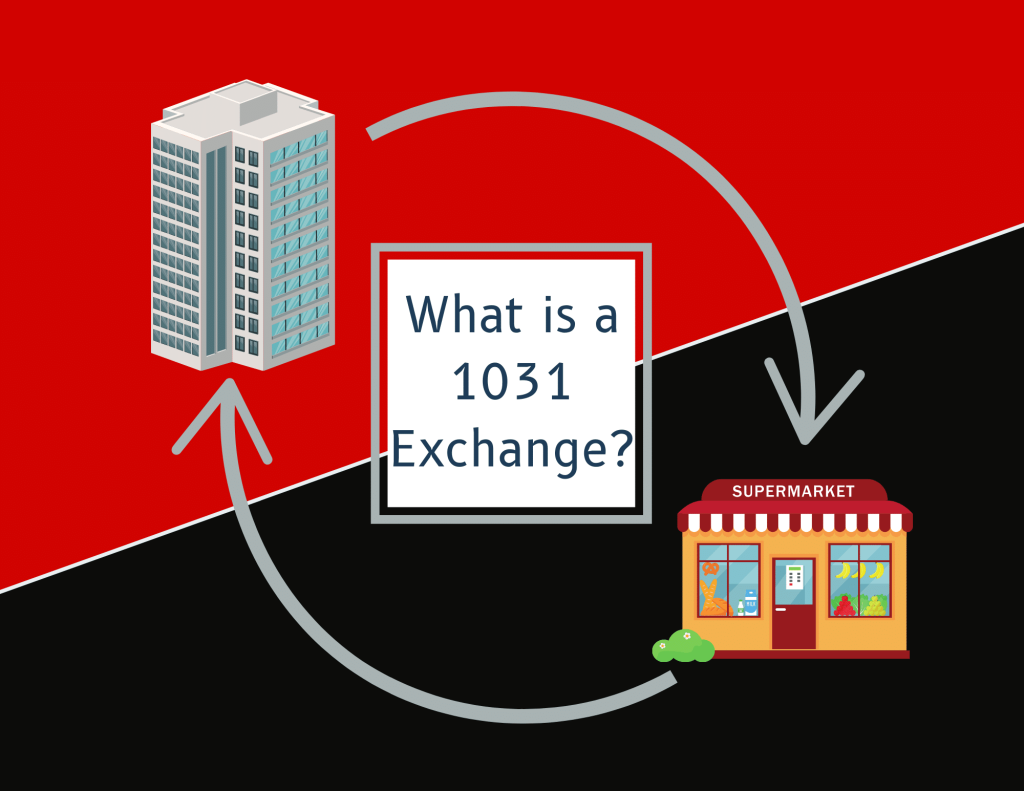If you’re a savvy real estate investor, you’ve likely heard of a 1031 exchange. But what exactly is it, and how can it benefit you? Let’s dive in!
A 1031 exchange, named after Section 1031 of the Internal Revenue Code, is a strategy that allows real estate investors to defer capital gains taxes when selling an investment property and reinvesting the proceeds into a “like-kind property”. In simpler terms, it’s a way to swap one investment property for another while postponing the tax bill.
Key Benefits:
- Tax Deferral: The primary advantage is the ability to defer capital gains taxes, potentially allowing your investment to grow tax-free.
- Portfolio Diversification: You can use a 1031 exchange to diversify your real estate holdings without incurring immediate tax consequences.
- Increased Purchasing Power: By deferring taxes, you have more capital available to invest in higher-value properties.
Important Rules:
- Like-Kind Requirement: The properties exchanged must be of “like-kind,” which is broadly defined for real estate as an investment property
- Timing: You have 45 days to identify potential replacement properties and 180 days to complete the exchange.
- Equal or Greater Value: To fully defer taxes, the replacement property should be of equal or greater value than the relinquished property.
- Replacing Debt: The taxpayer does need to replace the VALUE of the debt they had on the Relinquished Property
A 1031 exchange can be a powerful tool in your real estate investment strategy, but it can be complex and requires careful planning. Utilize experts to help you navigate these requirements and plan ahead, starting with your Purchase and Sales Contract terms and provisions. Give yourself the opportunity to have multiple options when it comes to purchasing and selling real estate.
The post What is a 1031 Exchange? A Powerful Tool for Real Estate Investors first appeared on M Square Commercial.
The post [#item_title] first appeared on M Square Commercial.


